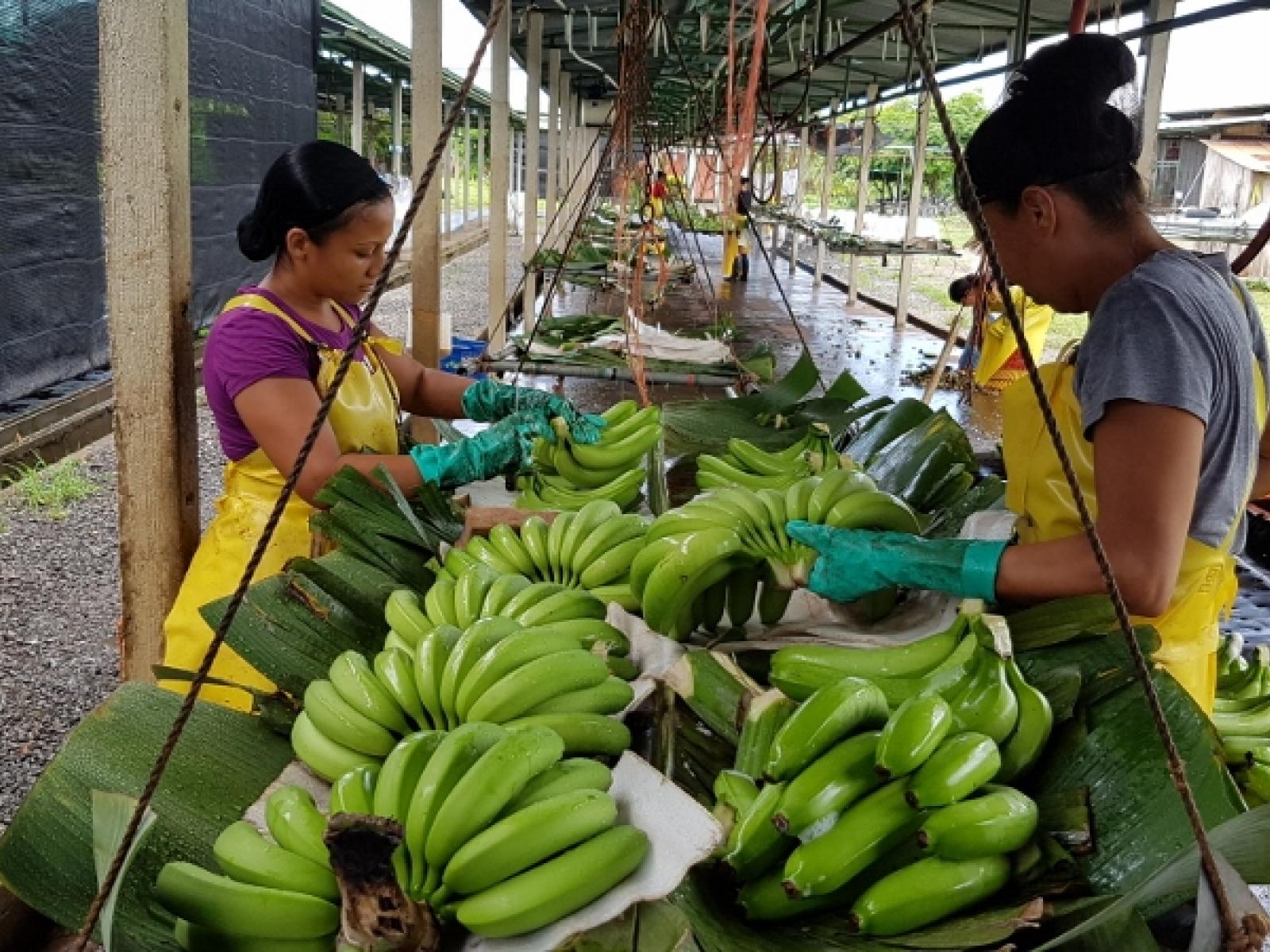An Overview Of Our Solution
- Population Impacted:
- Continent: North America
Organization type
Population impacted
Size of agricultural area
Production quantity
People employed
Describe your solution
Describe your implementation
External connections
What is the environmental or ecological challenge you are targeting with your solution?
Describe the context in which you are operating
Thinking outside the box Varcli accept the challenge to produce bananas with a new methodology driven by our own vision: Farming & packing bananas with a quantifiably reduction of the environmental impact reducing waste, saving water, ensuring biodiversity & human welfare but commercially efficient. Banana wastes a lot of water and use lots of energy justified by the argument that otherwise the efficiency would be unsustainable. Is true that banana represents a very important source of welfare. Locally is a very important throttle for economy. According with Central Bank of Costa Rica, foreign income from banana exports is US $ 833.4 million in 2016, the share of banana exports in total national exports represented 8.6%. In other words, a very sensible subject. That is why a solution must impact positively the business to ensure good response from all actors for implementing a better methodology for environment & biodiversity, integrating a solution that impact positively all parties.
How did you impact natural resource use and greenhouse gas emissions?
Language(s)
Social/Community
Water
Food Security/Nutrition
Economic/Sustainable Development
Climate
Sustainability
The only thing this solution need is the good will of the main actors in the banana production industry and many other crops in order to implement it.
Return on investment
Entrant Banner Image

